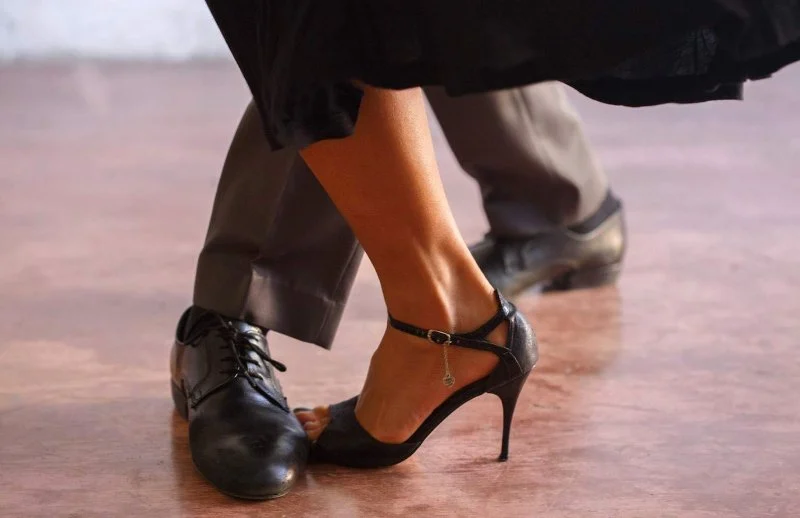
- 1. Understanding Why Tango Has Become a Popular Workout
- 2. The Physical Benefits of Tango as a Workout
- 3. Mental and Emotional Advantages of Tango Dancing
- 4. Real-Life Stories of Tango Transformation
- 5. How to Get Started with Tango at American Dance Academy
1. Understanding Why Tango Has Become a Popular Workout
Over the past decade, Tango has evolved beyond its origins as a passionate dance from Argentina—it has become a favorite workout for people seeking a fun and engaging way to stay fit. Unlike conventional fitness routines, Tango combines elegance, rhythm, and social connection, making it both physically rewarding and emotionally enriching. In fitness circles across the United States, instructors and enthusiasts are turning to Tango not only for its artistic expression but also for its ability to improve balance, flexibility, and endurance.
The growing popularity of Tango as a workout can be attributed to its accessibility. It’s suitable for individuals of all ages and fitness levels, and no gym equipment is required—just music, a partner, and enthusiasm. For many, it’s a refreshing alternative to traditional cardio or strength training, offering movement that is both graceful and challenging. Whether practiced in dance studios or at home, Tango’s allure lies in its combination of physical intensity and artistic emotion.
2. The Physical Benefits of Tango as a Workout
Tango dancing provides a full-body workout that targets major muscle groups while improving coordination and posture. The continuous movement and directional changes strengthen the core, glutes, legs, and back muscles. Dancers often notice increased flexibility and agility after just a few weeks of practice. Additionally, the controlled movements of Tango enhance body awareness and balance—skills that benefit not only dancers but also individuals seeking better mobility in everyday life.
Another major physical advantage is cardiovascular endurance. While Tango may appear slow and deliberate, the constant motion and rhythmic steps elevate the heart rate, contributing to improved stamina and calorie burn. Research has shown that an hour of Tango dancing can burn between 300 to 400 calories, depending on intensity. This makes it an effective and enjoyable workout for those aiming to lose weight or maintain a healthy lifestyle without the monotony of gym routines.
3. Mental and Emotional Advantages of Tango Dancing
Beyond its physical benefits, Tango is also celebrated for its mental and emotional rewards. The dance demands focus, presence, and connection with both music and partner, which naturally cultivates mindfulness. Participants often describe Tango as a form of “moving meditation” that helps relieve stress and improve mental clarity. The rhythmic nature of the music and coordinated steps can induce a calming effect similar to yoga or deep breathing exercises.
Tango also fosters emotional expression and confidence. The close partnership required encourages trust, communication, and empathy, making it a social activity that enhances emotional intelligence. In group settings, it helps build community and creates opportunities for friendships, which contributes to overall well-being. Many dancers have shared that Tango became a meaningful escape from daily stress and an empowering way to reconnect with themselves.
4. Real-Life Stories of Tango Transformation
One inspiring example comes from a fitness enthusiast named Laura, who discovered Tango after suffering a back injury that limited her gym workouts. Within months of dancing, she not only regained her strength but also improved her posture and core stability. Another story involves a couple in their sixties who began taking Tango lessons to stay active during retirement. They found that Tango not only boosted their physical fitness but also reignited their sense of connection and joy in movement.
These real-life transformations illustrate Tango’s ability to combine artistry with fitness. It’s not just about mastering steps—it’s about embracing a lifestyle that values rhythm, mindfulness, and connection. The personal stories from dancers across the country show how Tango has become a beloved activity for those seeking holistic well-being through movement.
5. How to Get Started with Tango at American Dance Academy
If you’re curious about exploring Tango as a workout, start by finding a local dance studio that specializes in Argentine Tango or Latin dance. For beginners, attending a few guided lessons can make a huge difference in learning the basics of posture, timing, and coordination. Wearing comfortable shoes with smooth soles and breathable clothing will also help you move more freely.
For those seeking professional instruction or advanced techniques, American Dance Academy offers a range of Tango programs tailored to all experience levels. Whether you’re looking to dance socially, perform competitively, or simply stay in shape, their instructors emphasize both the physical and expressive sides of the dance. Tango at its best is not just about learning steps—it’s about discovering how movement, music, and emotion can transform your health and happiness.
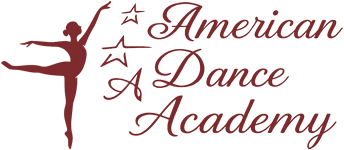
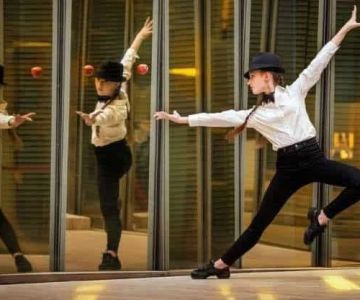
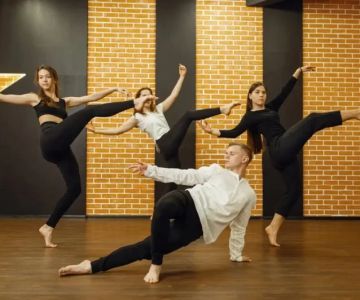
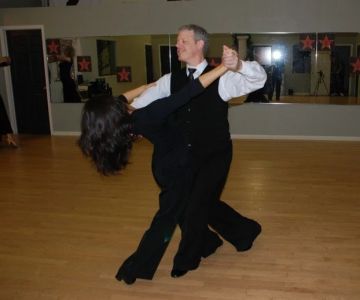

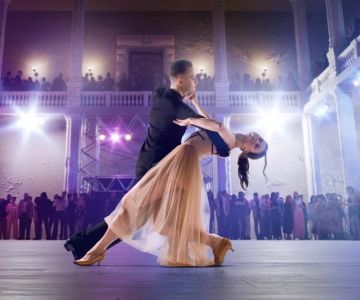
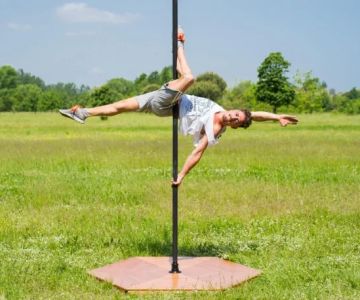
 The Love of Dance5.0 (14 reviews)
The Love of Dance5.0 (14 reviews) Sound Elite Athletics4.0 (35 reviews)
Sound Elite Athletics4.0 (35 reviews) Pennsylvania Regional Ballet4.0 (25 reviews)
Pennsylvania Regional Ballet4.0 (25 reviews) FireHorse Saloon4.0 (28 reviews)
FireHorse Saloon4.0 (28 reviews) Dance Arts Centre Indian Harbour Beach4.0 (11 reviews)
Dance Arts Centre Indian Harbour Beach4.0 (11 reviews) DanceSport Boston Dance Studio5.0 (17 reviews)
DanceSport Boston Dance Studio5.0 (17 reviews) Bollywood Dance for Couples: Common Mistakes to Avoid
Bollywood Dance for Couples: Common Mistakes to Avoid Jazz Dance to Try in 2025 – What You Need to Know About Jazz Dance Trends
Jazz Dance to Try in 2025 – What You Need to Know About Jazz Dance Trends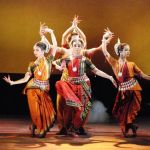 Why Bollywood Dance Is Popular and Its Cultural Origins
Why Bollywood Dance Is Popular and Its Cultural Origins Do Colleges Have School Dances? A Look at Modern Campus Dance Life
Do Colleges Have School Dances? A Look at Modern Campus Dance Life Top 10 Hip Hop Moves Explained - Master the Best Moves for Beginners and Pros
Top 10 Hip Hop Moves Explained - Master the Best Moves for Beginners and Pros How to Master Waltz for Kids: A Complete Guide to Teaching the Dance
How to Master Waltz for Kids: A Complete Guide to Teaching the Dance